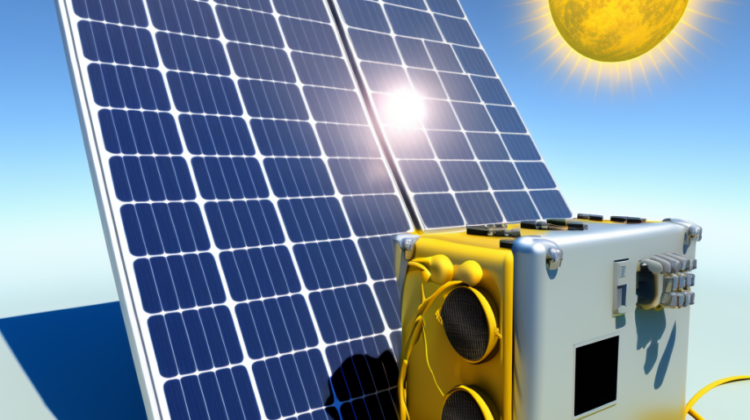
Solar energy is one of the most efficient and eco-friendly forms of energy that has recently gained popularity. It is a renewable energy source available in abundance, making it an ideal alternative to traditional energy sources. However, it is important to calculate your solar energy needs before you can start using solar energy to power your home or business. This article will provide a step-by-step guide on how to do this.
Step 1: Determine Your Daily Energy Consumption
Determining your daily energy consumption is the first step in calculating your solar energy needs. You can review your energy bills over the past year or use an online energy consumption calculator. Your energy consumption will be measured in kilowatt-hours (kWh).
Step 2: Determine Your Solar Potential
The second step is to determine your solar potential. You can do this by using an online solar calculator or consulting a solar energy expert. Your solar potential will be based on your location, the amount of sunlight your property receives, and the angle and orientation of your roof.
Step 3: Determine Your Required System Size
The third step is determining the solar system size you will need to generate enough energy to meet your daily energy consumption. You can calculate this by dividing your daily energy consumption by the amount of sunlight your property receives per day, which is known as the solar insolation rate. The solar insolation rate will vary depending on your location, but it is typically around 4-6 kWh per square meter daily.
For example, if your daily energy consumption is 30 kWh and your solar insolation rate is 5 kWh per square meter, you will need a solar system that generates at least 6 kW of power (30 kWh ÷ 5 kWh/m²/day = 6 kW).
Step 4: Determine Your Battery Storage Needs
The fourth step is to determine your battery storage needs. Solar energy systems generate electricity during the day when the sun is shining but do not at night. To ensure that you have a continuous supply of electricity, you must install batteries that can store the excess energy generated during the day for use at night.
The size of your battery storage system will depend on the energy you need to store and the length of time you want to keep it. A solar energy expert can help you determine the size of your battery storage system.
Step 5: Determine Your Inverter Needs
The final step is to determine your inverter needs. Inverters convert the DC electricity generated by your solar panels into AC electricity that can be used to power your home or business. The size of your inverter will depend on the size of your solar system and your energy consumption. A solar energy expert can help you determine the size of your inverter.
Calculating your solar energy needs is essential in transitioning to solar energy. By determining your daily energy consumption, solar potential, required system size, battery storage needs, and inverter needs, you can ensure your solar energy system is tailored to your specific requirements. You should consult with a solar energy expert to ensure your system is designed and installed correctly. With the right system in place, you can enjoy the benefits of solar energy, including reduced energy costs and a reduced carbon footprint.